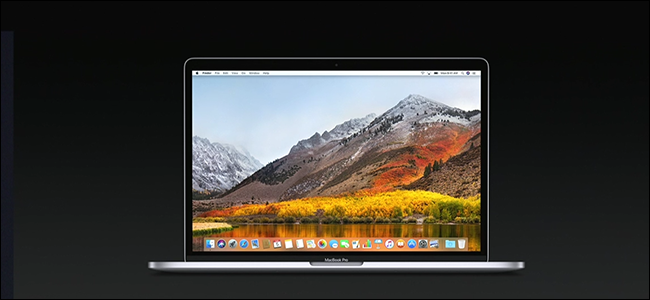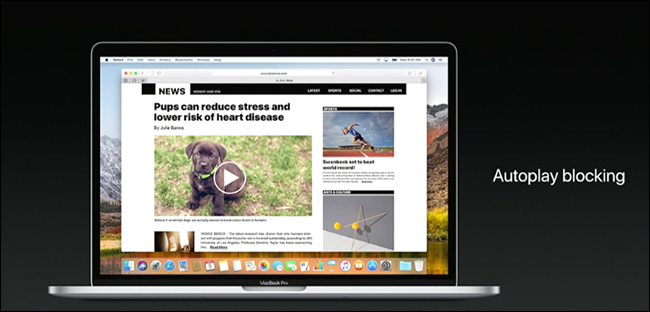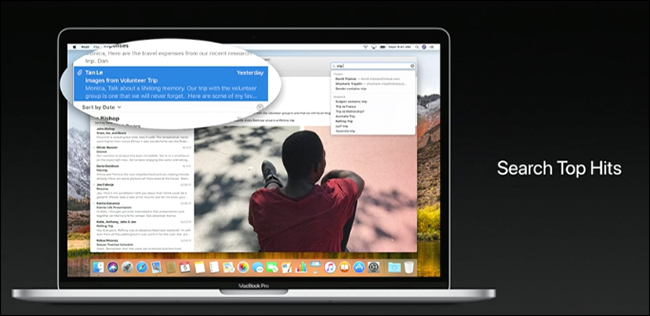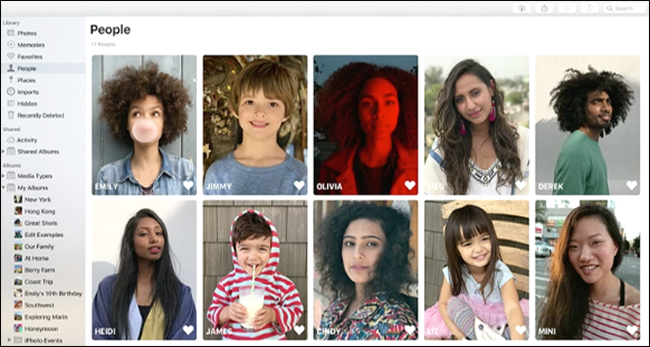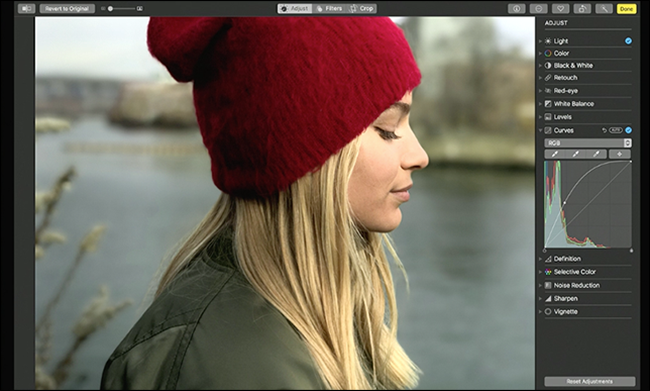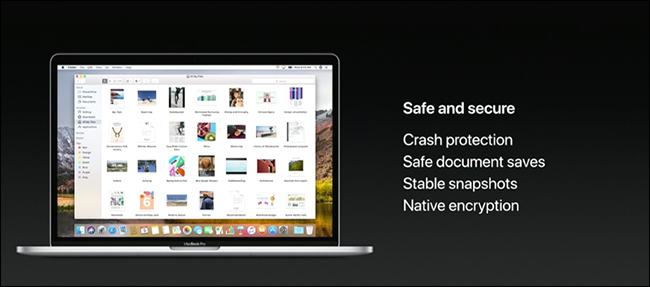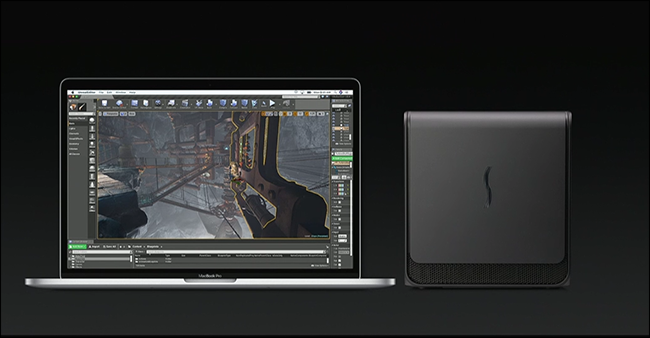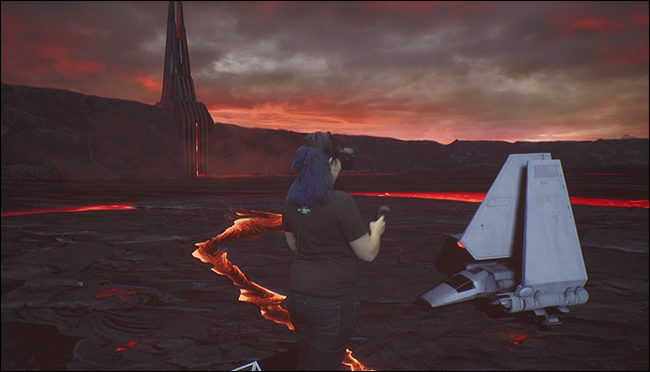Quick Links
The next version of macOS is out now, with improvements to Safari, Mail, Photos, and a lot under the hood. Here are the best features you'll see in macOS 10.13 "High Sierra".
No, that's not a typo---they're calling it High Sierra, after the highest region of the Sierra Nevada mountain range in California. And yes: Apple made a few weed jokes after announcing the name, because the most powerful corporation on Earth is nothing if not counter-cultural.
You can download High Sierra right now from the Mac App Store; here's what awaits you.
Safari Blocks Auto-Play Videos and Ads That Track You
Apple took the time to brag about the speed increases in the new version of Safari, which is the browser macOS users should be using anyway. Time will tell how accurate Apple's bragging here is, but it's exciting.
There are also a few very interesting features. Safari will now automatically stop auto-playing videos from interrupting you, a move we're certain Facebook is already angry about. They also announced that Safari will block ads from tracking users out-of-the box, which we're certain Amazon is already angry about (particularly because Apple announced Amazon Prime video on Apple TV just ten minutes before this). Regardless of which companies might be upset, these moves seem like they'll make browsing better for everyone, and we're excited to try them out.
Spotlight-Powered Search Comes to Mail
If you use Safari, you know that Spotlight-powered search results often pop up while you're trying a URL. Sometimes these will be recommendations from Apple Maps, but mostly they're just websites you tend to visit often.
The macOS Mail app will have this same feature, with Spotlight-powered suggestions at the top of your search results recommending particular emails. It's a small tweak, but it could make finding particular emails just a little bit faster.
Apple also announced support for split-screen mode while composing a message. Hey: not every new feature can be amazing.
Photos Now Supports External Editors
Perhaps the biggest visual changes are coming to Photos. First of all, there's a persistent sidebar. You can also browser your photos on a per-import basis, allowing you to see which photos you imported when. Syncing with other devices is also easier: if you change categorizations on one device, they'll sync to another.
But the real highlight here is editing features. You can now edit curves and selective colors, right inside photos.
If that's not enough, you can open images with a third party editor like Photoshop: any saved changes will immediately show up in Photos. This probably isn't going to make Photos the organization tool of choice for Photographers, but it's a step in the right direction.
Finally, third parties can now offer printed books within Photos itself, so if you want a Photo album you could in theory put it together entirely in Photos.
Apple File System Becomes the Default
Step aside, HFS: The Apple File System (AFS) is already in use on iOS devices, and it will be the default for macOS High Sierra. This file system is built from the ground up with modern computers in mind, and was first announced one year ago. This should result in faster file transfers, and also introduce new features like native encryption and crash protection.
You can already format a drive with AFS if you want to, but this file format is now the default file system for all macOS systems. It's not clear whether upgrading to the new version will mean your file system is changed, or whether users will need to do a fresh installation in order to take advantage of the new file system, but we'll let you know when we find out.
Macs Get Official Support for External Graphics Cards
If you want an extremely powerful graphics card in a MacBook Pro, too bad: there's not enough room in these thin laptops to accommodate the latest and greatest. But macOS High Sierra offers a compromise with official support for external graphics cards over FireWire. Apple is even releasing a a developer kit with an AMD Radeon 580 graphics card.
The target audience here is developers, not gamers, so don't expect a consumer version anytime soon, but it's still an interesting way to give developers access to more graphics power now that the Mac Pro is seemingly never getting an update.
Metal 2 Improves Graphics Performance, Will Run the Desktop Interface
Last year Apple announced Metal, a new graphics engine for macOS Sierra. The new High Sierra will come with the next version, boringly named Metal 2 (sadly, they didn't call think to call it "High Metal"). It will supposedly improves on the framework in all kinds of ways, most of which are going to be primarily interesting to developers.
But users should be excited about one thing: Metal will now power desktop effects, like Mission Control. This should result in a snappy desktop, but we'll have to mash the Mission Control Button repeatedly to find out how well it works.
Developer Support for Virtual Reality
Virtual Reality has long been a no-show on macOS, with major headsets not offering drivers or software. High Sierra aims to change that with Metal for VR. The SteamVR SDK is coming to macOS, and so is Unity and Unreal's VR Engines. Final Cut Pro X will also now work for editing spherical video.
Gamers hoping to user VR on their Mac shouldn't get too excited: the focus is on developers for now. But this is progress, and maybe someday playing VR games on your Mac will be an option (particularly if you buy an external graphics card.)
There are likely to be other small improvements to macOS, but we'll have to really dive in to find out---when that happens, be sure to check back here for more details.

